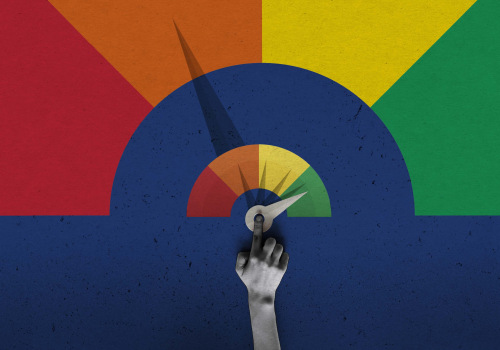Having bad credit can be like a weight holding you down, preventing you from achieving your financial goals. But it doesn’t have to be that way. With the right services and strategies, you can repair your credit and rebuild your financial life. In this article, we’ll discuss the basics of credit repair and how to get started. When it comes to credit repair, there are several key factors that can affect your credit score.
These include payment history, credit utilization rate, authorized user accounts, credit mix, and more. Let’s take a closer look at each of these.
Payment History
Your payment history is one of the most important factors in determining your credit score. It accounts for 35% of your overall score. This includes any late payments, collection accounts, bankruptcies, or other negative items on your credit report.Credit Utilization Rate
Your credit utilization rate is the amount of available credit you’re using compared to your total available credit.It accounts for 30% of your overall score. To keep your utilization rate low, try to keep your balances below 30% of your total available credit.
Authorized User Accounts
Authorized user accounts are accounts that you’ve been added to as an authorized user. These accounts can help boost your credit score if they have a positive payment history. However, if they have a negative payment history, they can hurt your score.Credit Mix
Your credit mix is the variety of different types of accounts on your credit report.This includes credit cards, personal loans, and other types of debt. Having a good mix of different types of accounts can help boost your score.
Getting Started with Credit Repair
Now that you understand the basics of credit repair, let’s look at some strategies for getting started. The first step is to get a copy of your credit report from all three major credit bureaus: Experian, Equifax, and TransUnion. You can get a free copy of your report once a year from AnnualCreditReport.com. Once you have your reports in hand, review them carefully for any errors or inaccurate information.If you find any errors or inaccurate information, dispute them with the appropriate bureau. You can do this online or by mail. Next, look for any negative items on your report that could be hurting your score. These could include late payments, collection accounts, bankruptcies, or other derogatory items. If any of these items are inaccurate or outdated, dispute them with the appropriate bureau. Finally, look for ways to improve your payment history and reduce your overall debt load.
This could include paying off high-interest debt or consolidating multiple debts into one loan with a lower interest rate.
Working with Credit Repair Companies
If you’re looking for more help with repairing your credit, there are several companies that specialize in this area. These companies can help you identify errors on your report and dispute them with the bureaus. They can also help you develop strategies for improving your payment history and reducing your overall debt load.Conclusion
Repairing your credit and rebuilding your financial life is possible with the right services and strategies. Start by getting a copy of your credit report from all three major bureaus and reviewing it for errors or inaccurate information.Then look for ways to improve your payment history and reduce your overall debt load. Finally, consider working with a reputable credit repair company if you need additional help.











